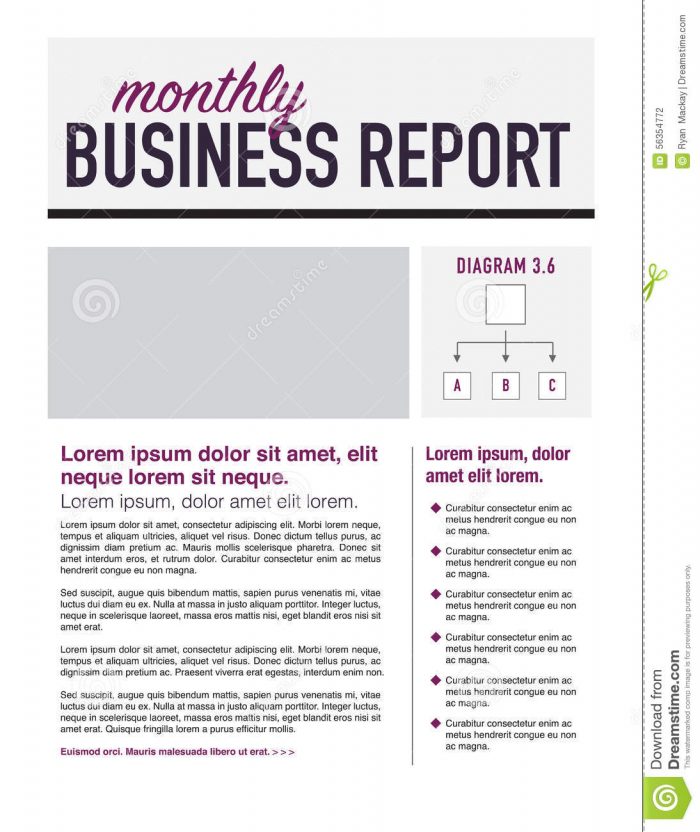Writing a business report might sound super serious and a bit scary, especially if it’s your first time.
But hey, it’s just like telling a story about your business journey – where you started, the adventures along the way, and where you’re heading.
Think of it as sharing the ups and downs, the wins, and the lessons learned with someone who’s super interested but doesn’t know the ins and outs yet.
My goal here is to show you how to put together a clear, to-the-point, and helpful business report without making it feel like a big, complicated task.
I’ll keep it simple, straightforward, and maybe even a little fun. So, let’s get in and start On How to Write a Business Report Step By Step!
What is a Business Report?
A business report is like a snapshot of how a business is doing.
Imagine you’re taking a picture that captures not just what’s happening right now but also the important stuff that happened before.
This “picture” shows the health of the business, like how much money it’s making, where it might be spending a bit too much, and what its plans are for growing and getting even better.
It’s put together for company employees, like bosses or teams working hard every day, so they can make smart decisions based on what’s actually going on.
It’s like having a map that guides you, showing where you’ve been and where you’re heading, making sure you’re on the right track.
Structure of An Ideal Business Report
Image Credits: dreamstime.com
When planning a business report, there are certain instructions that one must follow to ensure that the final product is well-organized and contains all the necessary information.
A comprehensive business report should include the following components:
1. Heading page: This page must include the relevant title, the name of the writer, and the name of the reportee.
2. Cover letter: The letter of transmittal officially presents the statement to the reportee.
3. Table of contents: The table of contents should list all the topics covered in the report.
4. Introduction: The introduction should contain all the contextual findings and goals of the business report. It should also briefly explain the steps followed while writing the report.
5. Main part: The main body of the business report includes detailed information about the company, its growth charts, capital structure, and physical assets. This section should clearly state all the company’s methodologies.
6. Conclusion: The conclusion should summarize everything in one page, including all the references, suggestions, verdicts, and implications.
7. Cross-references: The cross-references section includes additional materials such as questionnaires, citations, suggestions, and sources from which the content is derived. This section is also known as the appendix.
Organizing the Report Properly: 6 Tips
Organizing a business report is like tidying up your room so that anyone who walks in can easily find what they need without tripping over stuff.
If your report is all over the place, chances are, people might just glance over it and not bother digging deeper.
Here’s how you can make your report as welcoming and as easy to navigate as your favourite book:
- Speak Simply: Use words that everyone can understand. It’s like explaining things to a friend who’s curious about your business – keep it straightforward and friendly.
- Clear Headings: Imagine your report is a menu at a restaurant. Each section should have a clear heading, so people know what they’re about to dive into, whether it’s the appetizers or the main course.
- Comparison Tables: Use tables to show how your business has grown, kind of like before-and-after photos. This makes it easier for readers to see your progress at a glance.
- Insert References: If you mention facts or figures, show where they came from, just like you would cite your sources for a school project. This builds trust and shows that you’ve done your homework.
- Number Everything: It’s like putting page numbers in a book. Proper numbering helps everyone keep track of where they are and makes it easier to refer to specific parts.
- Proofread: Before you print or share your report, check it if you’re looking for typos in an important text message. Fix any mistakes to make sure it’s perfect.
A top-notch business report is short but covers all the bases, focuses on what the reader needs to know, is well-researched, detailed, easy to read, and organized with care.
Keep these points in mind, and you’ll create a report that not only ticks all the boxes but also makes a lasting impression.
FAQs
📄 What should be the first thing in my business report?
Start with a title page! Just like the cover of a book, it should have the report's title, your name, and the date. It's like saying hello before you start chatting.
🔍 How do I make sure people know what my report talks about?
Write an executive summary. Think of it as a movie trailer, giving everyone a sneak peek of what's inside your report, but keep it short and sweet.
🔖 How should I organize the main part of my report?
Break it into sections with clear headings. You might have an introduction, analysis, and conclusions. It’s like organizing your thoughts into neat little boxes, so everything is easy to find.
📈 Should I include numbers and data?
Absolutely! Use charts, graphs, and tables to make your data easy to understand, kind of like using pictures to explain a story better.
👀 How do I wrap up my report?
End with a conclusion and recommendations. Summarize what you found and suggest next steps, like the end of a story where you find out what the characters should do next.
📝 Any tips for making my report look professional?
Yes! Keep the layout clean and consistent, use bullet points for lists, and make sure your fonts and colors are easy on the eyes. Think of it as dressing up your report in its Sunday best.
Also read:
- Best Content Creation Tools For Marketers
- Beginners Guide To Copywriting- How It Should Be Done
- How To Create Brand Value With Right Content In the Digital World
- Best Small Business Solutions
Conclusion: How to Write a Business Report?
A good business report follows clear guidelines and achieves its objective by full representation of data. Overall if we see, these ideal business reports are usually developed to:
- Inspect accessible and possible answers to an issue or a circumstance
- Relate professional and managing philosophy to a real-world situation
- Validate your critical, cognitive, and estimation proficiencies.
- Attain assumptions pertaining to a particular matter
- Arrange for approvals for upcoming events
- Present summarized and flawless communiqué abilities.





